
For many, the dream of aging in place isn’t just a preference; it’s a fundamental desire for continued independence and comfort in familiar surroundings. However, realizing this dream often comes with a crucial need for enhanced safety and practical support, especially as mobility or memory may evolve. The good news is that smart home technology has advanced dramatically, moving beyond mere gadgets to offer truly meaningful solutions that address the specific challenges seniors face.
Indeed, the statistics underscore the importance of proactive measures. According to the Centers for Disease Control and Prevention, over one out of four people aged 65 and older experience a fall each year, highlighting a significant risk. Furthermore, the US Fire Administration, a part of FEMA, reports that individuals in the same age group are 2.5 times more likely to die in a fire than the general population. These aren’t just numbers; they represent real concerns for older adults and their caregivers who seek peace of mind. Smart safety devices are precisely designed to keep tabs on potential dangers, connecting users with emergency services when it matters most, and offering caregivers a vital link to their loved ones.
This article isn’t about futuristic fantasies or overly complex setups. Instead, it’s a practical guide, rooted in how technology genuinely impacts users’ lives, offering tangible solutions to common problems. We’re going to explore a curated list of smart home upgrades that seniors are actually using to live safer, more independent lives. From immediate personal safety to seamless communication and critical environmental monitoring, these solutions are designed to make daily living simpler, more secure, and ultimately, more fulfilling for those choosing to age in the comfort of their own homes.
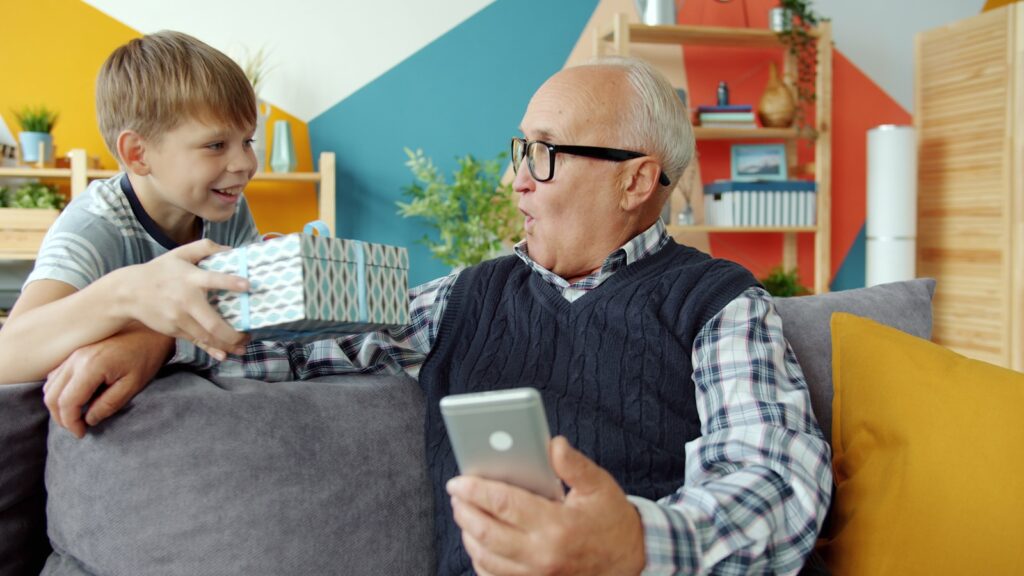
1. **Smart Emergency-Contact Systems**Having a reliable way to contact emergency services is an absolute must, especially given the prevalence of falls among older adults. Traditional emergency-contact systems, often consisting of clunky bracelets or necklaces with built-in emergency buttons, can sometimes be met with resistance. As Andy Miller, senior vice president of innovation and product development at AARP, notes, “[Many people] don’t want to wear them because of the stigma. It makes them feel old.”
Fortunately, modern smart options offer discreet, everyday usability without the stigma. A prime example is the Apple Watch SE (2nd generation). While primarily a smartwatch, it doubles as a stylish emergency-contact system capable of detecting falls, car crashes, and certain types of cardiac events, automatically sending for help. David Siegel, CEO of Nationwide Medical, emphasizes the value of wrist-worn devices, stating, “A device that can be worn on the wrist allows for 24/7 monitoring and can help identify against the biggest and most common concern, which is a fall.” This device can also provide important medical data and serve as a communication tool.
For those who prefer a non-wearable solution, Alexa Emergency Assist offers a voice-activated alternative that works with any Echo speaker or smart screen. This paid service ($6 per month or $59 per year) connects you to live responders who can request emergency services and relay critical medical information. It boasts impressive speed, as evidenced by Anne Madison’s experience after a fall: “I said something along the lines of ‘Alexa, call for help,’ and an actual human operator answered, listened to my problem, and indicated that they would call 911.” The service can also notify up to 25 emergency contacts and detect smoke or carbon monoxide alarms.
It’s important to note a few considerations. The base-model Apple Watch needs to be paired with an iPhone within Bluetooth range or connected to Wi-Fi to contact emergency services; a pricier cellular model offers more independence. For Alexa Emergency Assist, there might be a slight learning curve if you’re new to smart speakers, but its functionality, including a two-way intercom feature, offers significant long-term value.
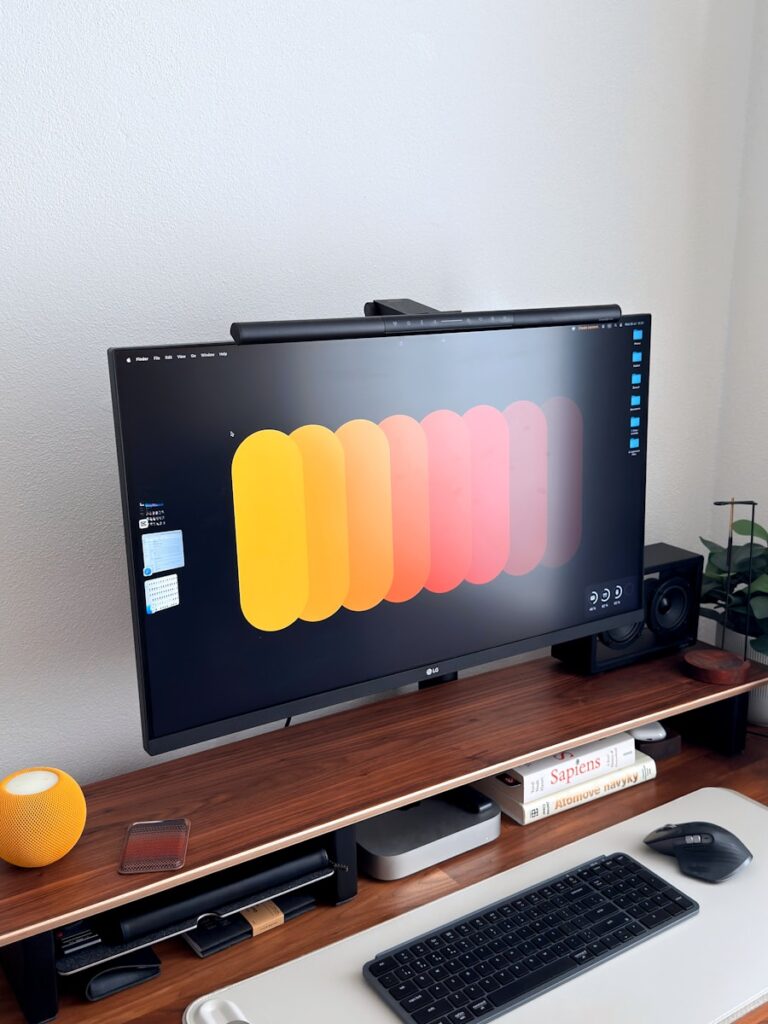
2. **Smart Displays and Voice-Communication Devices**Staying connected is crucial for mental well-being and security, and smart screens are revolutionizing how seniors keep in touch. These devices leverage your home’s Wi-Fi network to facilitate video and voice calls with family, friends, and even for telemedicine appointments, making communication more personal and accessible. Beyond calls, they offer hands-free voice control for news, weather updates, and managing other smart-home devices.
The Amazon Echo Show 8 (3rd Gen) stands out as an excellent video-chat system. With its 13-megapixel face-tracking camera and superior sound, it’s perfect for video calls, allowing for instant, engaging interactions. The “drop in” feature on Alexa-based smart displays enables a direct two-way video chat, akin to an intercom, with other Echo Shows or even the Alexa app on a smartphone. This fosters a sense of closeness, as Laurie Orlov, founder and principal analyst at Aging and Health Technology Watch, points out: “Voice-enabled technologies also provide a little bit of information and social interaction for people who live alone primarily. A smart speaker is so nice because they can ask a question and hear a voice.”
For a more versatile all-in-one control device, the Apple iPad (11th generation) is highly recommended by experts. Its large, easy-to-see touchscreen, portability, and Siri voice-control system make it exceptionally user-friendly. It functions much like a smartphone, but with larger app icons, making manual controls easier. The iPad can access apps for all sorts of smart devices, and Siri allows for combined voice commands, such as “Siri, turn on the living room” to activate multiple lights and other Apple Home-compatible devices.
These devices also come with practical accessibility features. The Echo Show can schedule reminders for appointments and medications, watch videos with closed captioning, and even use the “Show and Tell” feature, which helps blind and low-vision individuals identify grocery items. While those with speech limitations might find Alexa challenging, the overall benefits in fostering communication, providing information, and offering social interaction are immense, helping combat isolation and support cognitive function.
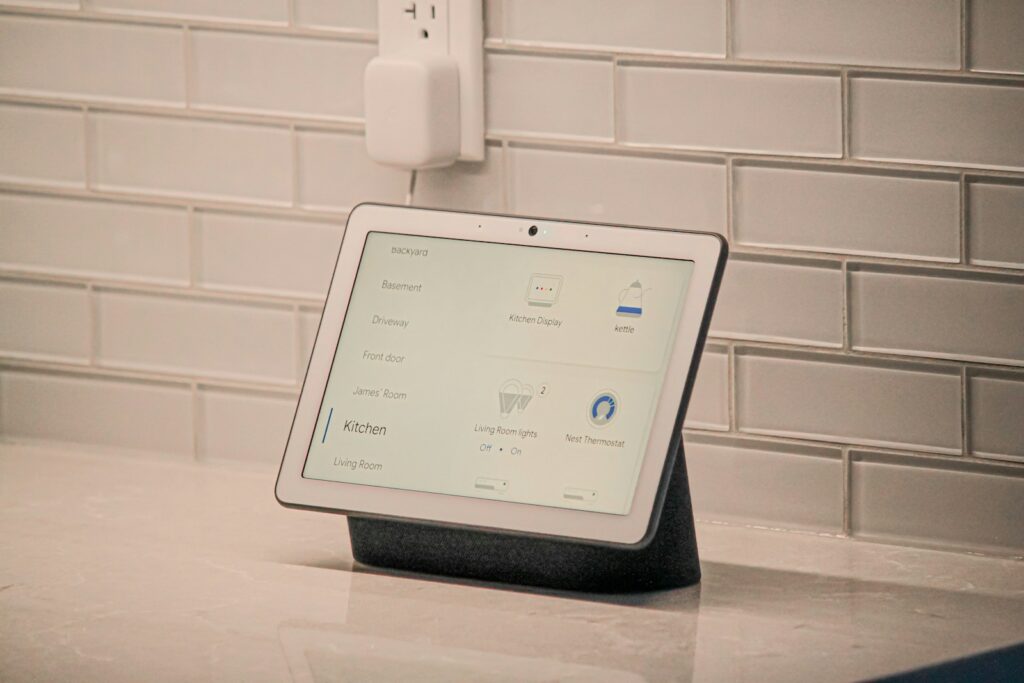
3. **Smart Contact Sensors**Beyond comprehensive security systems, individual smart contact sensors offer an inexpensive and effective way to create a do-it-yourself home security setup. These tiny devices are incredibly useful for keeping tabs on doors, windows, and even drawers, providing an added layer of safety and peace of mind. For caregivers, they become an invaluable tool for tracking a loved one’s daily activities without being intrusive.
Imagine a sensor placed on a front door that sends a smartphone alert every time someone enters or leaves, or if the door has been left ajar for too long. This simple notification can be crucial for ensuring safety. Another practical application involves placing a sensor on a refrigerator door; this can let you know that your loved one is remembering to eat regularly, offering discreet monitoring of essential routines. These alerts empower caregivers to intervene only when necessary, respecting the senior’s independence.
The Aqara Door and Window Sensor is a top pick for its ease of installation and reliable alerts. What makes it particularly effective is its use of Zigbee wireless technology, which offers better penetration in parts of a house where Wi-Fi signals might be weak. This ensures consistent performance even in challenging areas. While it does require a plug-in Aqara Hub – which can support up to 128 sensors and adds broad smart-home compatibility – this centralized control simplifies management.
Once integrated with a hub, these sensors can unleash a host of automated routines. For instance, using the Alexa app, you can create a routine where opening the back door triggers an announcement like “The back door is open” on an Amazon Echo Show and simultaneously turns on a smart light bulb. This integration transforms simple sensors into powerful tools that enhance awareness and safety throughout the home, making daily life easier and more secure.
Read more about: The 14 Essential Free & Free-Tier Apps for Enhanced Car Health, Performance, and On-Road Efficiency
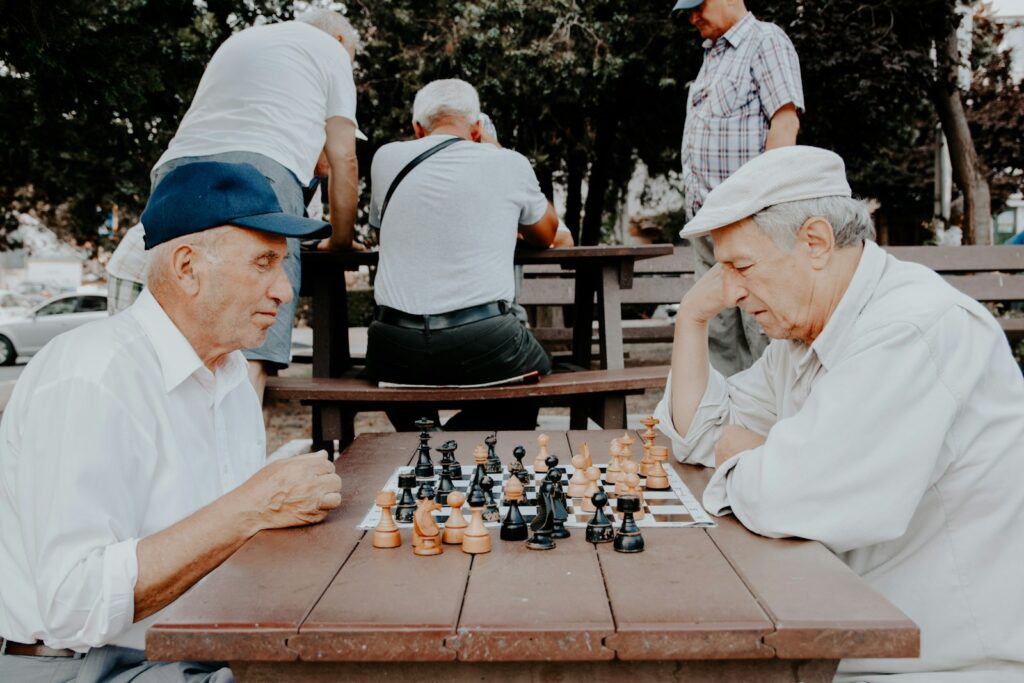
4. **Water-Leak Sensors**Water damage is an all-too-common and costly household problem, with about one in 60 US households filing an insurance claim related to such incidents each year. These leaks often occur in hard-to-notice and even harder-to-reach areas, such as the basement, near the water heater, or behind the washing machine. By the time they’re discovered, significant damage might have already been done. Smart water-leak sensors offer a vital solution, alerting you the instant they detect moisture.
These clever devices send immediate alerts directly to your smartphone, ensuring you’re aware of a potential issue whether you’re home or away. Many models also include a built-in siren or alarm, providing an auditory warning to complement the digital notification. Furthermore, they can often be configured to trigger other smart devices, such as turning on smart lights, to ensure that even small leaks are caught quickly, preventing them from escalating into a costly and disruptive headache.
A standout option for detecting water leaks is the YoLink Water Leak Sensor 4. While it does require the purchase of a YoLink hub (available separately or bundled with sensors), its setup is straightforward, and it responds incredibly quickly to water detection. In tests, both its unique top- and bottom-mounted sensor probes detected water within two seconds. Upon detection, the hub emits a loud 87-decibel alarm and sends a rapid smartphone alert, ensuring no leak goes unnoticed.
Beyond immediate alerts, the YoLink system offers thoughtful features that enhance its practicality. It sends a smartphone alert if the sensor goes offline, addressing a common concern about connectivity. You can also set an off-timer in the app to silence the alarm once the water issue is addressed, eliminating the need to physically access the detector in potentially wet or inconvenient locations. This comprehensive approach makes the YoLink Water Leak Sensor 4 an excellent choice for proactive water damage prevention.
Read more about: A Master Plumber’s Blueprint: Unveiling 13 Essential Power Tool Upgrades for Your 2025 Workshop

5. **Smart Locks**Everyone has experienced the frustration of forgetting keys or, worse, forgetting to lock the door. For seniors, these everyday oversights can become a source of significant stress or even a security risk. Smart locks address these concerns head-on, allowing for a truly key-free lifestyle and offering unprecedented control over home access. They are not just about convenience; they enhance security and provide peace of mind for both users and their caregivers.
Smart locks allow you to lock and unlock your door remotely via a smartphone app, or even using voice commands through compatible smart assistants. You can grant temporary access to trusted visitors like family, friends, or caregivers with unique codes or digital keys, eliminating the need for physical key exchanges. Crucially, many models can be set to auto-lock after a certain period or when you leave home, ensuring the house is always secure. You can also receive notifications whenever the lock is triggered, keeping you informed of who is coming and going.
The Schlage Encode Smart WiFi Deadbolt is highly regarded for its ease of installation and intuitive use. While it may not boast every advanced feature found in some competitors, its strength, reliability, and built-in smarts make it exceptionally practical. This commercial-grade lock allows you to lock and unlock the door remotely, check its status, and provides notifications if the door is left open. For those moments when a key is lost or forgotten, the ability to unlock the door with an app is a true lifesaver.
Other smart locks, like the Aqara Smart Lock U100, offer even more ways to enter the house, including a keypad, a fingerprint reader, and Apple HomeKey compatibility. With Apple HomeKey, users can unlock the door simply by holding up their iPhone or Apple Watch, adding another layer of convenience and security. While the choice depends on preferred features and ecosystem compatibility, smart locks fundamentally transform home access, making it safer and more manageable, particularly for caregivers of loved ones who might wander or struggle with memory issues.
Read more about: Unleashing Your Inner Foodie: Yelp’s Top 14 All-You-Can-Eat Restaurants, State by State
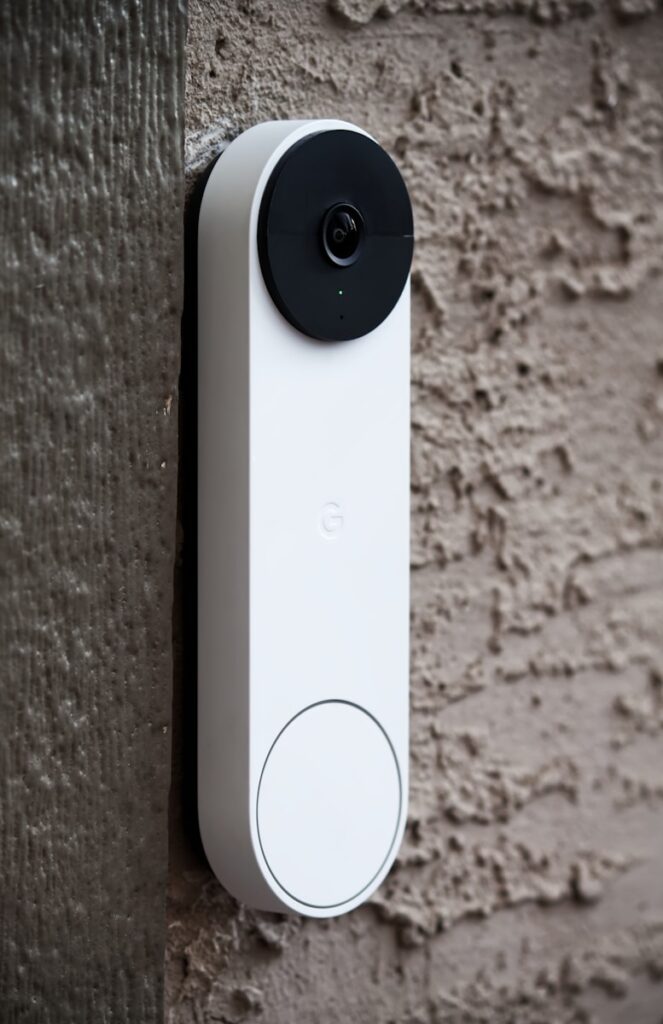
6. **Smart Doorbells with Video Cameras**For many seniors, answering the door can present a dilemma, especially when unsure who is on the other side. Smart doorbells with video cameras act as a crucial digital castle wall, empowering residents to see and communicate with visitors without ever having to open the door. This not only enhances personal safety but also provides a sense of control and awareness over who approaches the home.
These innovative devices send instant smartphone alerts when someone rings the bell or even just approaches the door, whether they ring or not. You can then view live video footage from your phone or a smart display and engage in two-way audio communication, allowing you to screen visitors from anywhere in the world. As William Dale, MD, PhD, notes, “Video doorbells are great, especially if [the person living with them is] having mobility challenges. Maybe the house is a little big for them or they have to be in a far part of the house, and getting all the way to the doors becomes a challenge.”
The Google Nest Doorbell (Wired, 2nd Gen) consistently delivers top-tier performance, particularly in its speed and accuracy. It excels at distinguishing between people, animals, cars, and package deliveries, providing relevant alerts. The camera records video to cloud-based storage, with a free option for three hours of footage, and paid plans offering extended storage for motion events or even 24/7 recording. This detailed record can be invaluable for safety and security.
The benefits extend beyond just screening visitors; smart doorbells allow you to monitor who comes and goes, providing a clear record for safety purposes. They eliminate the need to rush to the door, a significant advantage for those with mobility challenges, and offer peace of mind by enabling communication and observation from a safe distance. These devices truly transform the doorstep experience, making homes more secure and accessible for seniors.
Read more about: Read This First: These 11 Common Smart Home Gadgets Become Costly Money Pits Once They Hit Year Two.

7. **Indoor Security Cameras**Beyond external monitoring, indoor security cameras serve as a vital tool for caregivers seeking peace of mind about a loved one’s well-being. These devices offer a discreet way to keep an eye on activities within the home, providing alerts when movement is detected and even documenting potential falls, which can be invaluable information for health professionals. They extend reassurance to families, especially when older adults live alone, by offering a remote window into their daily routines.
However, the decision to install an indoor camera in someone’s home requires careful consideration and open discussion with the individual who will be living with it. As experts caution, transparency is paramount, as many people can find cameras intrusive or even frightening, particularly those with memory issues. It’s crucial to explain the camera’s purpose, how it functions, and how it can facilitate communication through its common speaker and microphone features, ensuring dignity and comfort are maintained.
The TP-Link Tapo 2K QHD Security Camera Indoor/Outdoor C120 stands out as an excellent choice for daily use. It’s highly effective at distinguishing between people, pets, vehicles, and general motion, while remaining inexpensive to operate. Users have the flexibility to record 24/7 footage or only motion-activated events onto a microSD card, or they can opt for cloud storage via a Tapo Care plan. This cloud option provides an added layer of security, ensuring access to content even if a power outage occurs or the physical card is removed.
While the Tapo C120 supports Alexa and Google Home, those within the Apple Home ecosystem might consider the Eufy Indoor Cam C120. This alternative offers similar features and is compatible with Apple HomeKit Secure Video, a free video-storage service that comes with paid iCloud plans. Regardless of the chosen system, indoor cameras offer caregivers a valuable means of monitoring without constant physical presence, promoting both safety and independence for seniors.
Read more about: 14 Practical Ways Drones Revolutionize Off-Road Trail Scouting for Enthusiasts

8. **Power Lift Chairs**For many seniors, maintaining mobility and independence can become a challenge, especially when navigating the simple acts of sitting down and standing up. Power lift chairs offer a revolutionary solution, utilizing electric motors to gently shift the seat upward, guiding the user into a standing position without any strain on joints or muscles. This technological aid significantly reduces the effort required, making daily transitions safer and more comfortable.
These chairs are designed with user convenience and safety in mind. Most models feature a handheld remote with clearly labeled buttons for easy operation, offering both recline and lift options. Essential safety features include a battery backup to ensure uninterrupted function during power outages, an anti-slip base design, and reinforced frames that provide stability during transitions. Some even incorporate emergency stop switches, offering an additional layer of security to prevent misuse.
Beyond their primary lifting function, higher-end power lift chairs often come equipped with a range of comfort-enhancing features. These can include adjustable massage settings with various zones and intensity levels, as well as heating elements targeting areas like the lower back or legs to alleviate stiffness and promote relaxation. Thoughtful additions like cup holders, USB ports, and side pockets mean users can enjoy extended periods of seated comfort without needing to constantly get up, enhancing their overall quality of life. Marc’s Mobility Electric Recliner is highlighted as an excellent model offering a variety of advanced features.
From a clinical perspective, power lift chairs are frequently recommended by medical professionals, particularly for individuals recovering from surgery. The reduced strain during sitting and standing is crucial for improving circulation and significantly lowering the risk of falls, a major concern for older adults. By offering extended seated comfort, these chairs encourage longer periods of rest without triggering stiffness or discomfort, supporting both physical recovery and ongoing well-being.
Read more about: 9 Essential Lessons from Celebrity Scandals: Navigating Fame and Public Perception
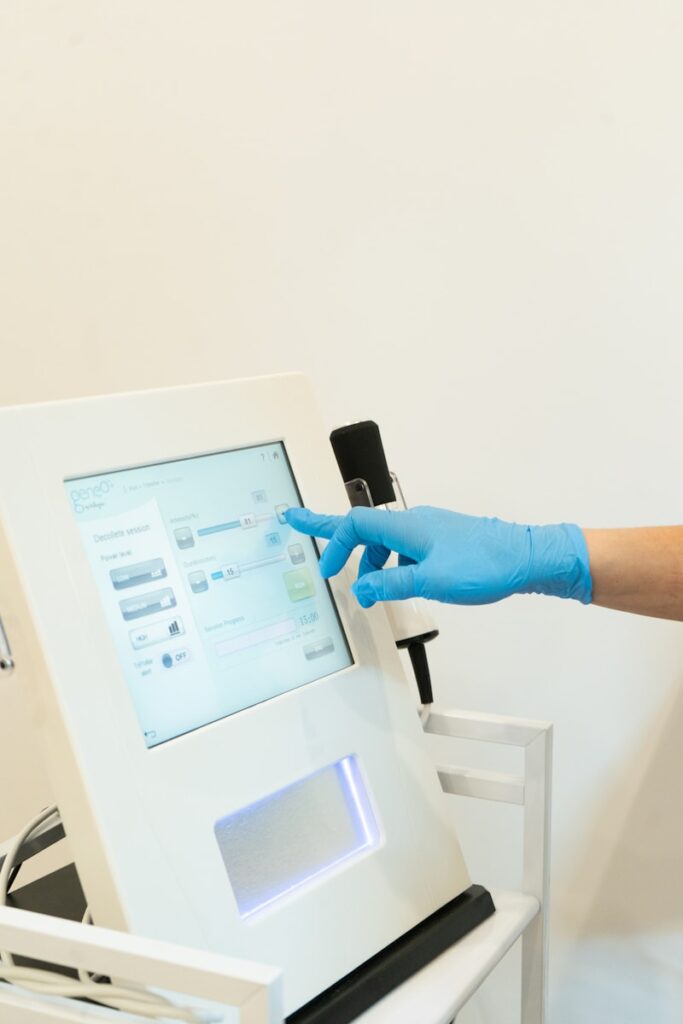
9. **Automated Medication Dispensers**Managing a complex medication regimen can be a significant source of stress and confusion for older adults, often leading to missed or double doses. Automated medication dispensers provide a clear, reliable solution by removing guesswork and ensuring precise timing. Once programmed, these devices take over the scheduling, offering alerts with sound, flashing lights, or both, and dispensing only the correct pill at the appointed time while keeping the rest securely sealed. This system dramatically reduces human error and supports consistent adherence to medication schedules.
For seniors managing conditions that demand precise timing, such as high blood pressure, diabetes, or post-surgical recovery, the importance of consistent medication cannot be overstated. A skipped dose can lead to dizziness, weakness, or even hospitalization, while an accidental extra dose can be dangerous. Unlike traditional pillboxes, automated dispensers go further by securely locking compartments and tracking every dose, noting whether it was taken or missed. This data can be instantly relayed to caregivers via cellular or Wi-Fi networks, creating a robust safety net and providing crucial peace of mind.
Many leading models incorporate thoughtful features designed to enhance safety and user-friendliness. These often include tamper-proof designs that prevent access before the scheduled time, large LCD screens displaying countdown timers, and clear voice instructions to guide users. A critical feature in many modern dispensers is the inclusion of built-in cellular chips, which ensures connectivity even in homes without reliable Wi-Fi or for users who prefer not to manage complex technology directly. This ensures alerts and data transmission remain consistent and reliable.
When considering options, several models stand out. The MedMinder offers cellular connectivity, eliminating the need for Wi-Fi, and features 28 slots with a locking system. Hero provides compliance tracking and app reminders for a 90-day supply, also with a locking system. For those on a budget, the LiveFine offers a loud alarm for 28 doses. These comparisons highlight the diverse features available, allowing users and caregivers to choose a dispenser that best fits their specific needs for managing medication effectively and safely.
As we age, our homes should evolve with us, becoming partners in maintaining independence and well-being. Smart home technology isn’t just about convenience; it’s a profound investment in a safer, simpler, and more fulfilling life for seniors choosing to age in place. The upgrades discussed here are not merely gadgets but genuine solutions, thoughtfully designed to address real-world challenges, from ensuring immediate emergency contact to optimizing daily comfort. By embracing these intelligent tools, we empower older adults to live with dignity and confidence in the familiar comfort of their own homes, transforming houses into truly smart, supportive sanctuaries.



